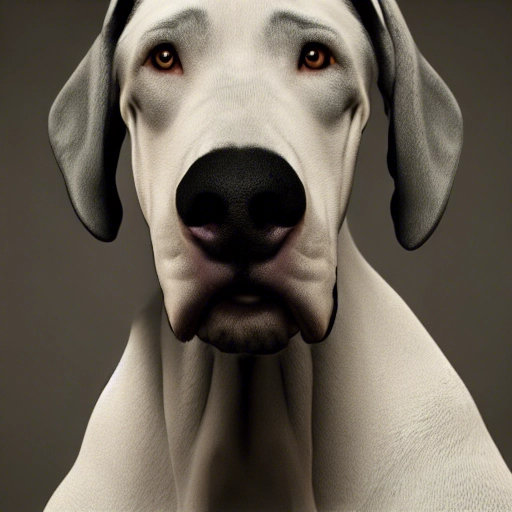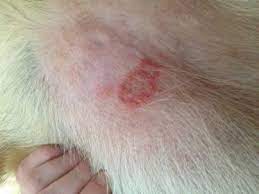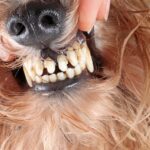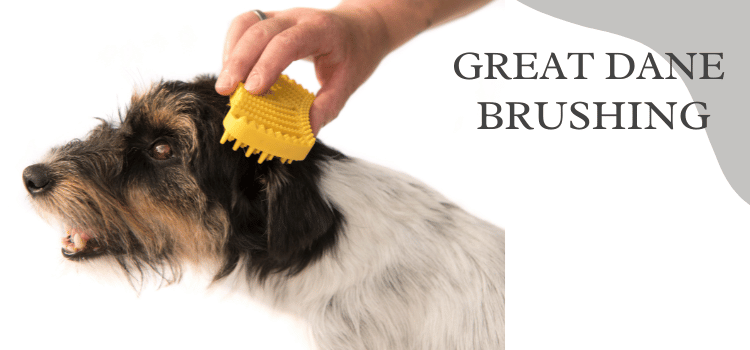Great Dane is one of the best-friendly dog breed types. They are unique due to their large size. Great Danes are known for their massive size and strength. They have an average height of 32 inches tall at the shoulder and weigh up to 175 pounds. Great Danes have beautiful skin and coat types, but skin allergies can be problematic. Environmental allergens such as dust mites, pollens, mold spores, fleas, and other parasites are commonly responsible for Great Dane skin allergies.

Great Dane skin allergies can also be caused by food and chemicals. Skin allergies can cause itching, scratching, and skin lesions that may appear red and inflamed. Atopic, allergic contact, food allergy, hypersensitivity (Hives), and seasonal flaky alopecia are common skin allergies in Great Danes. Antibiotics, antihistamines, corticosteroids, fatty acids, and shampoos can treat Great Dane skin allergies.
It is important to identify Great Dane skin allergies as soon as possible in order to provide the right treatments and prevent further complications.
Skin Allergy due to Genetic Issues
Great Dane skin allergies can also be caused by genetic issues. Great Dane’s may carry genes that make them vulnerable to certain environmental allergens and even foods, leading to allergic reactions. Allergy testing should be done in order to determine the cause of Great Dane skin allergy.
Genetic issues may include ichthyosis, which is a skin allergy. Ichthyosis is caused by a mutation in the Great Dane’s genes and leads to abnormal keratinization of the skin. This causes dry, itchy skin and often results in painful inflammation. It can also cause bumps or scaly patches on their skin. Great Danes with Ichthyosis require daily care and regular grooming in order to help prevent further skin problems. Treatment usually consists of topical corticosteroids, fatty acid supplements, and medicated baths.
Mucopolysaccharidosis Type VI in a Great Dane Dog
P.wang et.al discussed Mucopolysaccharidoses in Great Danes in their research, recently published in SAGE journals. Great Dane puppies with this disorder showed signs of stunted growth, facial dysmorphia, skeletal deformities, corneal opacities, and increased respiratory sounds.
Food Allergy
Great Danes and other huge dogs often experience food allergy. Animal proteins such as beef, poultry, fish, eggs, and dairy cause food allergies in animals. These allergies can include itchy skin, itching, swollen ears, and gastrointestinal problems. Food allergies can cause Ichthyosis.
To avoid health issues, Great Dane owners should know what their pet is allergic to. High-quality diets with restricted animal proteins and fish oils can prevent food allergies. Small, frequent meals help Great Danes digest their food better. To avoid feeding their pets animal proteins, owners should examine labels before buying brand-name pet food.
Great Dane owners may prevent Food Allergy and Ichthyosis and ensure their pet gets enough nutrients by following these steps. Great Dane owners may manage food allergies with knowledge and care.
Seasonal Allergy
Another prevalent Great Dane issue. Pollen, mildew, and grass can cause itchy skin and atopic dermatitis.
Great danes can avoid seasonal allergies by avoiding high-pollen locations. In high pollen areas, they should also give their pet an antihistamine. Keep your dog’s coat clean to avoid skin irritation.
Great Danes can get seasonal allergies like other breeds, but owners should take steps to decrease symptoms and protect their pet’s health.
FAQ
How can I treat my dogs skin allergies?
Dog skin allergies are best treated by identifying and eliminating the allergen. This may require testing with a veterinarian or trying different diets or products until the allergen is identified. After a diagnosis, skin inflammation and irritation can be treated with topical corticosteroids, fatty acid supplements, and medicinal baths.
In more severe cases of skin allergy, anti-inflammatory drugs such as cyclosporine may be prescribed to help control symptoms. Additionally, it is important to ensure that allergens are not present in the environment
What can I give my Great Dane for allergies?
Prescription and over-the-counter medications are available. Your vet may prescribe antihistamines or corticosteroids to relieve itching and sneezing.
Food allergies may prompt your vet to recommend an elimination diet. This entails carefully reducing allergies from your dog’s diet and introducing new foods.
VAT frequently uses steroids or immunotherapy to limit environmental allergen exposure. They may also advise avoiding allergen-rich environments. Reduce dust and pollen indoors.
What does allergy skin look like on a dog?
Allergy skin on a dog may look red, inflamed, and irritated. Your pet may have constant scratching or licking at the affected area, which can lead to skin infections from self-trauma. You might also observe skin lesions, bald patches, scabs or bumps on your pup’s skin. These are caused due to excessive scratching and rubbing. Your dog’s skin may also feel dry, flaky, and itchy. In severe cases, your pet may have lesions on the skin that are oozing or crusty. If you notice any of these signs, contact your veterinarian right away for proper treatment and care.
















